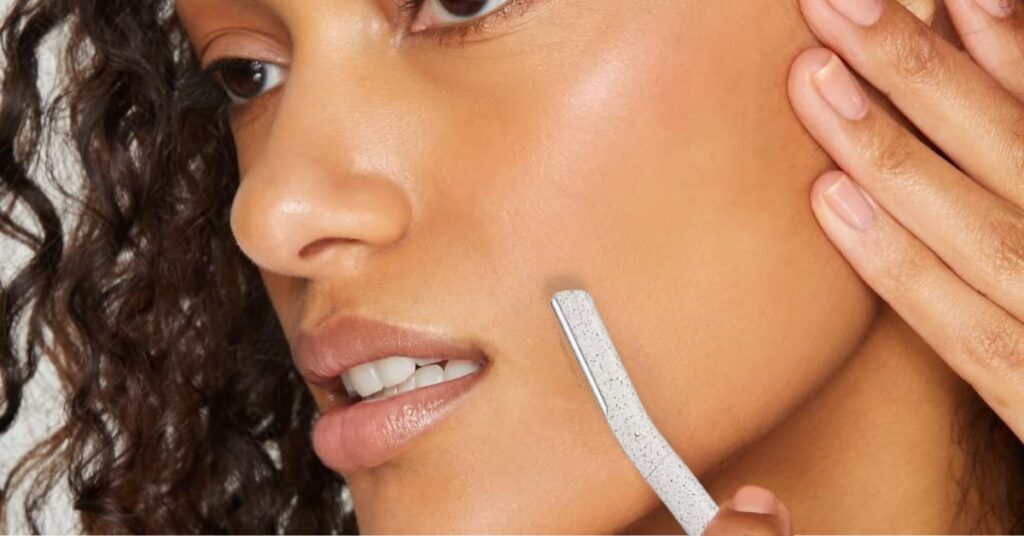Dermaplaning has become a popular skincare treatment in recent years, offering the promise of smoother, brighter skin. But is it safe to perform dermaplaning at home? Let’s explore the benefits, risks, and how to do it safely.

What is Dermaplaning?
Dermaplaning is a non-invasive procedure that involves gently exfoliating the skin with a small blade. This removes dead skin cells and fine hairs, revealing a smoother, more radiant complexion.
- Smoother skin: Dermaplaning can help to reduce the appearance of fine lines and wrinkles.
- Brighter complexion: By removing dead skin cells, dermaplaning can help to reveal a brighter, more youthful-looking complexion.
- Improved makeup application: Dermaplaning can help your makeup apply more smoothly and evenly.
- Reduced appearance of peach fuzz: For those with facial hair, dermaplaning can help to temporarily reduce the appearance of peach fuzz.
How to Perform Dermaplaning at Home
While dermaplaning is generally safe, there are some potential risks to consider:
- Cleanse your face: Make sure your skin is clean and dry before starting.
- Use a high-quality dermaplaning tool: Invest in a reputable brand to ensure safety and effectiveness.
- Hold the tool at a 45-degree angle: Gently glide the blade across your skin, avoiding sensitive areas.
- Rinse your face: After dermaplaning, rinse your face with cool water to soothe the skin.
- Apply a moisturizer: Apply a hydrating moisturizer to your skin to help lock in moisture.
